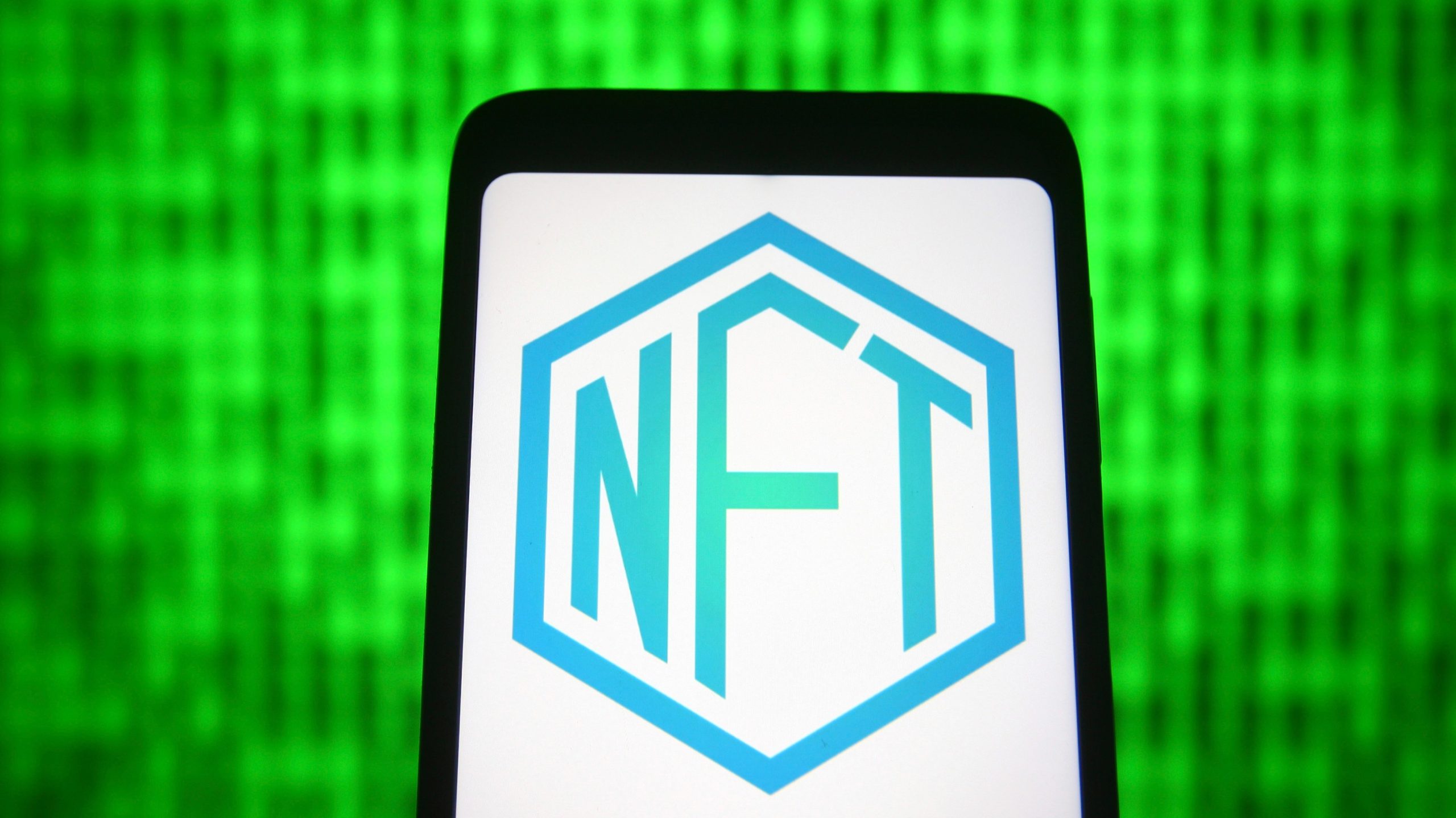
By alphacardprocess January 14, 2022
NFTs are digital assets that exist on a blockchain and can be transferred between users. They are not controlled by any central authority, which means that they are censorship-resistant and immune to fraud or theft. NFTs are created by issuing a token on a blockchain. These tokens can be used to represent anything from virtual goods like in-game items, to physical goods like collectibles.
The first NFT was the CryptoKitty. They are digital cats that were created by Axiom Zen and represent one of the earliest use cases of blockchain technology. Each cat is unique with its own distinct appearance and offers a number of different attributes that can be passed through breeding.
Since their creation, NFTs have been used to represent a wide variety of assets. Some of these include:
- Virtual goods: In-game items, digital collectibles
- Physical goods: Artwork, jewelry, real estate
- Services: Event tickets, memberships
- Digital currencies: Bitcoin, Ether
How do they Work?
NFTs are created by issuing a token on a blockchain. There are a number of different blockchains that can be used for this purpose, but the most common ones today are Ethereum and EOS. NFTs use basic blockchain functionality to track ownership and transfer tokens from one user to another.
Different NFT systems have different rules regarding how tokens can be transferred. Depending on the specific system, it may be possible to transfer an NFT to any Ethereum wallet address, or it may only be able to be transferred within its own ecosystem. It is important for blockchain users to understand what these rules are when they are trading or using them.
When an NFT is transferred, the blockchain records the event in a public ledger. This allows anyone to verify that the transfer took place and prevents any fraudulent activity. It also creates a permanent record of ownership that cannot be tampered with.
NFTs are stored on user’s wallets and can be accessed using the appropriate software. Wallets can be desktop, mobile, or web-based and come in a variety of different formats. When users want to transfer NFTs, they simply enter the recipient’s address into the wallet and hit send. The tokens will be transferred automatically and the receiving user will be able to access them using their own wallet.
NFTs offer a number of advantages over traditional forms of digital asset ownership. They are:
- Censorship-resistant: Because they are stored on a blockchain, NFTs are immune to censorship. This makes them ideal for assets that need to be protected from being taken down by authorities.
- Immune to fraud or theft: Since NFTs are stored on a blockchain, they are immune to fraudulent activity or theft. This makes them a more secure way to store digital assets.
- Permanent record of ownership: The blockchain creates a permanent record of NFT ownership that cannot be tampered with. This allows users to verify transactions and prevents any fraudulent activity.
- Easy to trade or transfer: Because NFTs are stored on a blockchain, they are easy to transfer. All users need to do is enter the recipient’s address into their wallet and hit send.
- How can I use them?
As more NFTs are created, several different industries have started exploring ways that they can use the technology. Some of the most common applications include:
- Virtual goods: In-game items, digital collectibles
- Physical goods: Artwork, jewelry, real estate
- Services: Event tickets, memberships
Digital currencies: Bitcoin, Ether
NFTs are still a relatively new technology and there are a number of different ways that they can be used. As more and more people become familiar with them, the possibilities for their use will continue to grow. For now, users should explore the different applications and use cases to see if NFTs are a good fit for their needs.
What are the risks?
As with any new technology, there are a number of risks associated with NFTs. Some of these include:
- Lack of regulation: As NFTs are still in their early stages, there is no overarching regulatory framework governing their use. This could lead to a number of problems down the road, including loss of funds and fraud.
- Volatility: The value of NFTs can be highly volatile, making them a risky investment.
- Incomplete infrastructure: The infrastructure for using and trading NFTs is still in development. This could lead to problems with usability and liquidity.
The risks associated with NFTs should be considered before any investments are made. However, as the technology matures, these risks are likely to decrease.
